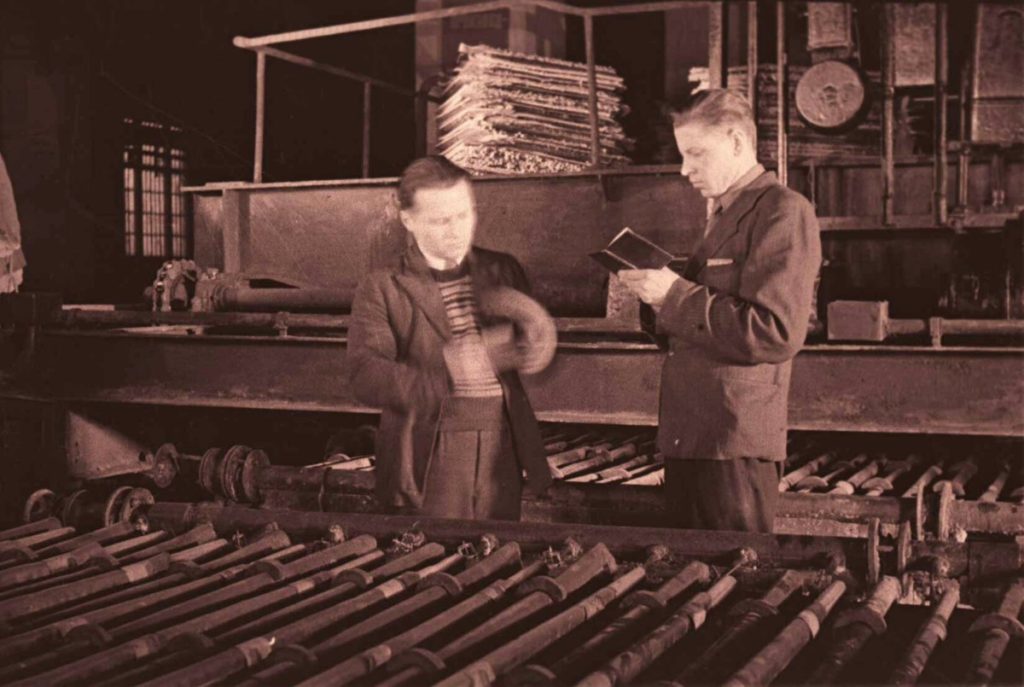#ARCTIC. #SIBERIA. THIS IS TAIMYR. The builders of the combined heat and power plant were the first to receive the challenge Red Banner in December 1943. In June 1944, the Norilsk metallurgists fulfilled the six-month plan, and the Norilsk combine received the velvet cloth embroidered with gold.
It is known that colonel Sergey Fokin delivered the banner to Norilsk. At a ceremonial meeting in the House of Engineering and Technical Workers, he said that the SDC banner was a great award from the Soviet government, which was a symbol of the rear and the front unity:
“The collective of the polar Norilsk occupies an honorable place in our defense industry, it has entered the front ranks of the home front guards…”
75 years ago, in 1946, the Red Banners of the State Defense Committee were left in Norilsk forever.
One of them was included in the Battle for Nickel exposition – recently opened temporary exhibition of the Norilsk Museum. The central exhibit was a fragment of the first nickel cathode taken out of the electrolyte bath of the Small metallurgical plant on April 29, 1942 by Ivan Ievlev.
Small metallurgical plant (MMZ) for ten years gave the country not only the first Norilsk nickel, but also the first Norilsk copper. But the main thing is that thanks to him, the Big metallurgical (Nickel) and Copper plants were spared from possible mistakes.
The foundation of the MMZ was laid at the end of 1938. The building was built without a single brick – from thick logs, plastered with a layer of gypsum. Metal structures were made at the factory yard in mechanical repair shops. In March 1939, industrial smelting of ore began in the smelting shop, and in June they received matte. Only three years later, the roasting and electrolysis shops were completed and started up.
The first batch – a ton of cathodes – was cut into 15-centimeter squares and delivered to Krasnoyarsk by plane.
A year later, in 1943, the nickel electrolysis shop of the Big metallurgical plant produced cathode nickel.
Read other materials of our project about the history of the city and the Norilsk combine in the History spot section.
Follow us on Telegram, Instagram and Facebook.
Text: Varvara Sosnovskaya, Photo: Nornickel Polar Division archive and Yulia Rimskaya









